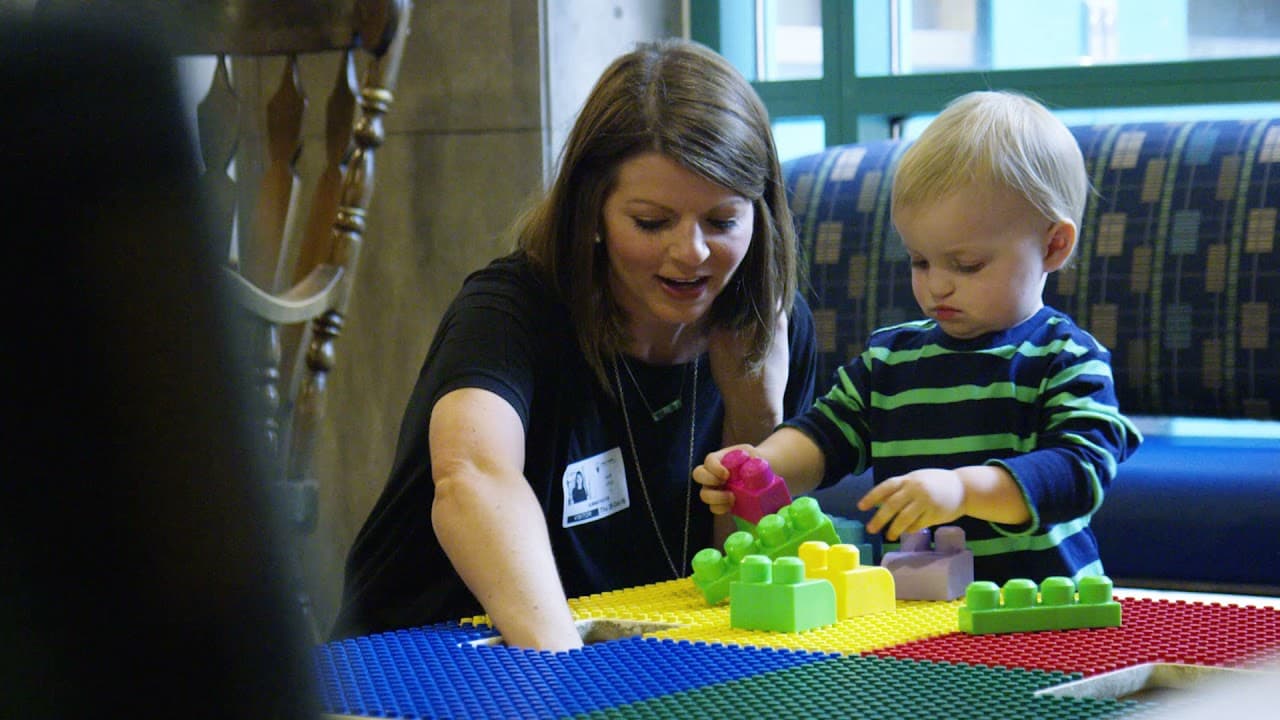Cleft Lip and Palate & Craniofacial Care at Shriners Children's

Cleft Lip and Palate & Craniofacial Care at Shriners Children's
Fran Farley:
Shriners Children's is an internationally recognized leader in treating cleft lip, cleft palate, and other craniofacial anomalies. Our family-centered approach celebrates the journey of each and every patient, inviting the family to collaborate with specialists, crafting the best treatment plan for their child. We are committed to excellence with a dedication to medical and clinical research that helps provide the latest technology and treatment options for patients.
Eric Liao:
The cornerstone of cleft care is really the two parts of multidisciplinary care and longitudinal care. I think Shriner's, given its history and infrastructure and tradition of taking care of complex pediatric disorders, is really good at both of those things. When a family comes, it's a very family-centered experience where the family will meet every specialist. The focus then is to give the patient the best advice and best surgical planning going forward. The family will meet a plastic surgeon that was specialized to the repair of the lip and palate. For example, the oral maxillofacial surgeon that will deal with bone grafting and the orthodontist. In addition to the physicians and surgeons, the patient will also meet a speech therapist, nutritionist, social workers, pediatricians, if necessary, and the sociologists. Really unique to have all the specialists here in one day for that visit.
Fran Farley:
Shriners Children's understands that cleft lip and cleft palate, as well as other craniofacial conditions present unique characteristics and challenges.
Jennifer Woerner:
Cleft lip and palate in this country runs about one in six to 700 live birth. It's usually a random occurrence. We don't know why it happens necessarily. I think when they come in prenatally and they hear that, they learn that it's really nothing that they've done or anything they could have prevented. It's just something random that happened and now they're here as a part of our family to help them take care of it. We see children from all ages, newborn all the way up until about 18 years of age, when they go to college. I tell all our patients and our families that if you have a child who is born with a cleft, they're part of my family till they go to college. I can't keep them after that, but at least till 18 they're mine.
Fran Farley:
Each child is met with respect, compassion, and a forward looking approach that supports the best quality of life for the child, by achieving the best possible medical outcome. I encourage parents and caregivers to explore the treatment options Shriner's Children's offers. Learn about our innovative approach to medicine and our internationally recognized doctors. I truly believe there isn't a healthcare system out there like ours.